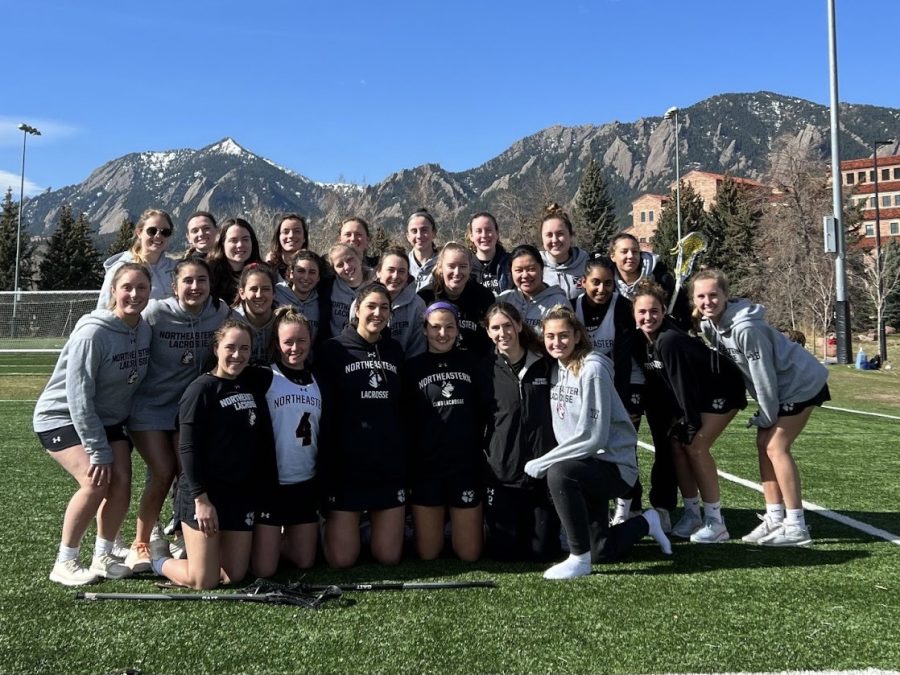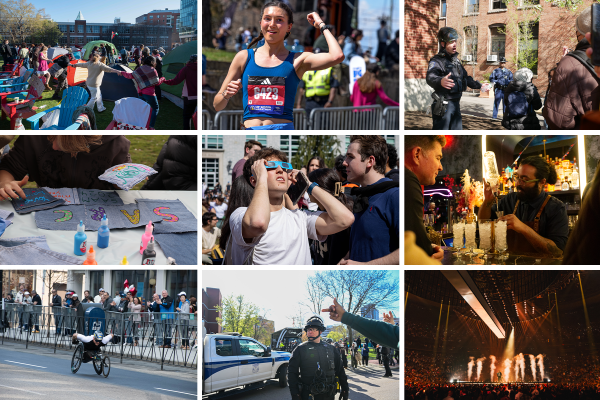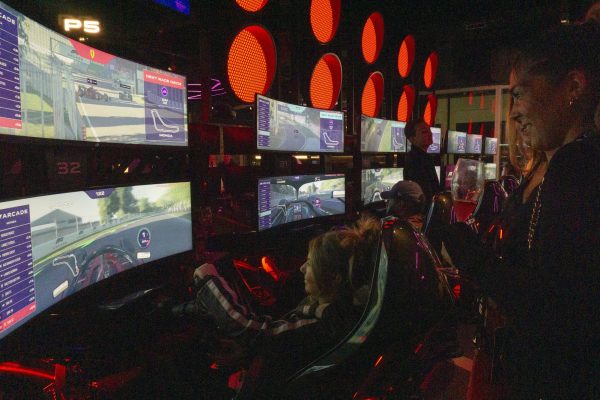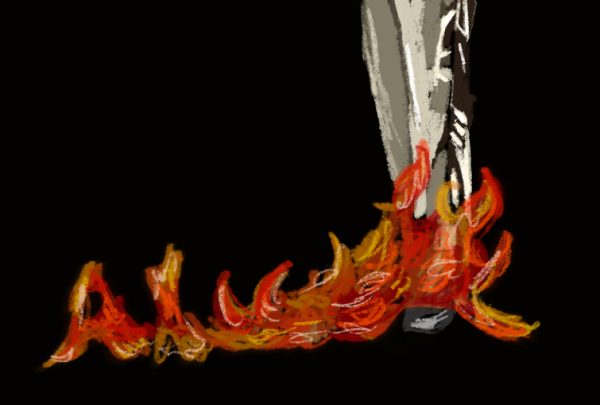The recognition of club sports at Northeastern University
Northeastern University’s club women’s lacrosse team in Boulder, Colorado. for a series of games.
May 10, 2022
Northeastern University is known for its NCAA Division One, or D1, teams, such as men’s and women’s ice hockey, basketball and baseball. Many individuals on the teams are scouted and receive large amounts of recognition for their student-athlete positions.
However, Northeastern is also home to a multitude of club sports that much of the student body participates in, yet they do not receive as much acknowledgement.
Northeastern athletics consists of 17 D1 teams, which equals to 21%, and 64 club teams, which comes out to 79%. As of 2019, club sports had 2,102 active participants while D1 sports had 586.
“I think that it’s really interesting that Northeastern has such a large number of club sports and yet has such a small number of Division One sports,” said Lauren DeSousa, a third-year majoring in English with a minor in biology and the secretary of the club water polo team. “I feel like it’s very disparate.”
While club sports and D1 sports have a lot of similarities, such as playing the same sport with the same rules, having multiple practices a week and traveling long distances to compete against other teams and schools, club sport athletes do not get as many advantages as their D1 counterparts for all the work they put into the sport they love.
The D1 athletes have access to Student-Athlete Support Services, SASS, which provides personal support to the student athletes.
“The office of Student Athlete Support Services is organized to help varsity student athletes develop and enhance the skills necessary for academic, athletic, and personal growth and success,” said Gina Bouchard, the assistant director of SASS.
Club sport student athletes, however, do not have access to this support system and instead have to find their own ways to get help in academic or personal situations.
Sam Cashton, a fourth-year mechanical engineering major and one of the captains of the club equestrian team, has experienced these struggles first hand.
“I can’t go to my professor and say, ‘I’m an athlete,’ so having that balance is pretty hard. I mean, we make it work, but it’s definitely a lot of pressure,” Cashton said.
Club sports are also almost entirely student-run. Each sport has its own rules and regulations in regards to electing their executive board and whether those positions are on a semester or year-long basis, contrasting with D1 sports, which have entire teams set up to provide support in managing the team, practices, media and games.
Being entirely student-run does provide some flexibility and positive factors that the students can appreciate.
“On varsity sports teams it’s just the coach picking the most talented people that are being recruited, but on club it’s like we can actually make sure that we’re taking really good girls that are not only good volleyball players but really good people as well,” said Emma Rapp, a fifth-year majoring in business administration and the president of the women’s club volleyball team.
However, being student run doesn’t come without its challenges.
Carter Brock, a fifth-year majoring in mechanical engineering, has been the captain of the club sailing team for the past two years and said he has learned a lot of positive skills through being on the sailing e-board, such as decision making and skill development in terms of managing projects. But, he has also had to face many of the hardships that come with being a student-run team.
“It also adds a factor of kind of institutional knowledge, or lack thereof, when you feel like you’re just starting to figure out how the whole system works, and then you graduate and then you have to try to like pass that on to a new generation of people and and things always get lost in those transition periods,” Brock said.
The club sailing team was previously a D1 team at Northeastern, but has since been made a club team. While the team has applied twice for their reinstatement as a D1 team, Northeastern has denied their request both times. One of the issues Northeastern brought forward was that the team does not have their own boat house and instead rents from the Massachusetts Institute of Technology Sailing Pavilion.
Another negative aspect is that club student athletes have to compete against other club sports and the D1 teams in order to get practice time in Northeastern facilities.
“I find that we often end up getting not great practice times where they tend to be really late at night. Like 9:30 to 11:30 is one of our [practice] times this year,” said Johanna Griep, a fourth-year nursing major who is the secretary of the club water polo team.
While each club sport does not have an entire team of individuals to help them in running their organization, they still receive support from the Club Sports Office.
“We are very fortunate to have a good relationship with the Club Sports Office, and they help out with some of the things and especially like horseback riding is a very expensive sport, like beyond having a horse because nobody on our team does. But the lessons, the equipment, the gear, everything is very expensive. So our dues are high,” Cashton said. “But we do have a good relationship with Club Sports like I said, so they sometimes will help out here and there. We do a lot of fundraising to help pay for everything.”
The Club Sports Office, which currently only consists of three individuals, is held in high regard by some club sport athletes. They provide each club sport with administrative guidance, even though it may not always be good news.
“I think some of the biggest challenges involved going between Club Sports and your team because sometimes obviously some decisions are going to be unpopular,” said Aislin Black, a fifth-year combined computer science and math major and the vice president of the club water polo team.
The Club Sports Office advised the water polo team against having any in-person social events this semester due to COVID-19 concerns amongst the team.
“It was a good decision, but it can be hard to go back and forth between them,” Black said in regards to having to explain to the team that they could not have any social events but could still practice with one another.
Nonetheless, one thing that many student athletes across the board can agree on is the struggle to balance personal life and sports.
“I think that it can be hard to be really involved in one activity and then maybe not be so present at another — like if I have to miss a sorority meeting to be at lacrosse,” said Lily White, a second-year speech pathology and audiology major who is a member of the women’s club lacrosse team, one of the sports in which Northeastern does not have a D1 team for. “There’s a balance and sometimes you can be stretched thin depending on how much is going on that week.”
While D1 sports and club sports do have similarities, they both are quite different in regards to how they manage their teams and athletes.
However, no matter what sport athletes play, or whether or not they are on a D1 or club team, the pressure to be the best they can while balancing life as a student athlete is the same.
“I just think that it can be really fulfilling to play a club sport at a collegiate level. It’s not Division One, Division Two or a Division Three sport, but you’re still getting to be able to work out and have a team,” DeSousa said. “I just think that it’s a really good opportunity to be able to do something like that.”


















